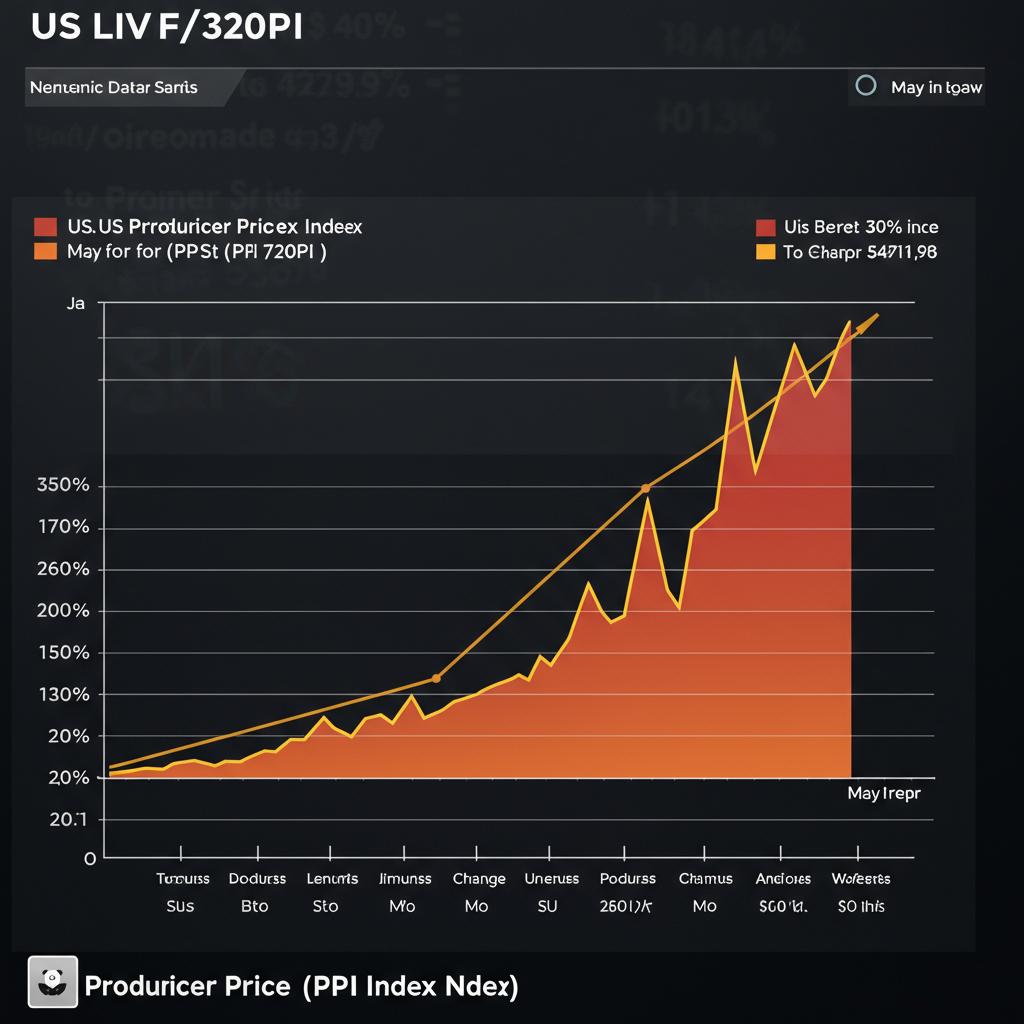A sweeping new domestic policy bill, recently passed by Congressional Republicans under President Trump, is poised to reshape critical areas of American life. This extensive legislation touches everything from your tax obligations and health care access to food assistance, education costs, and even clean energy initiatives. While proponents argue the bill stimulates the economy through significant tax cuts, critics warn it comes at a steep price, primarily impacting vulnerable populations and dramatically increasing the national debt. Understanding the specifics of this complex law is essential to prepare for the changes ahead.
The Core of the Bill: Tax Cuts and Debt
At the heart of the newly enacted legislation lies a massive tax cut package. Valued at roughly $4 trillion, these provisions largely extend and expand the tax reductions originally passed in 2017. Experts indicate that without this extension, most Americans would face higher tax bills in the coming years. The bill aims to lower taxes for many individuals and businesses, promising increased disposable income and investment.
What the Tax Cuts Mean for You
The bill introduces several notable changes to the tax code that could directly affect your wallet. It maintains existing tax brackets but makes significant adjustments elsewhere. For instance, it extends and even increases the standard tax deduction, benefiting many taxpayers. Seniors may see increased tax deductions. For residents of high-tax states, the cap on state and local tax (SALT) deductions is increased, though this change is temporary and set to revert. New deductions are introduced for specific types of income, including tips and overtime pay, and even for auto loan interest. The existing limit on mortgage interest deductions remains, as do restrictions on deducting certain losses. Charitable donors also receive a new deduction. The alternative minimum tax (AMT) exemption is extended. Business owners, particularly those with pass-through entities, will find increased tax deductions available. The law also eliminates a specific tax on certain firearms and silencers and introduces unique tax breaks for Alaskan whalers and fishers.
The Cost: Adding to the National Debt
While offering substantial tax relief, especially for higher earners and businesses, the bill comes with a significant fiscal consequence. According to projections from the nonpartisan Congressional Budget Office (CBO), this legislation is estimated to add a staggering $3.3 to $3.4 trillion to the national debt over the next decade. This dramatic increase in borrowing is a major point of contention, raising concerns about long-term economic stability and future fiscal burdens.
Major Shifts in Social Safety Nets
To partially offset the cost of the sweeping tax cuts, the bill implements deep reductions across various federal safety net programs. These cuts are disproportionately aimed at programs designed to support low-income Americans, sparking widespread concern among advocates and policy experts.
How medicaid and Health Care Access Change
Medicaid, the federal-state program providing health coverage to over 70 million lower-income individuals, children, seniors, and people with disabilities, faces substantial cuts under the new law. Estimates suggest federal Medicaid and Children’s Health Insurance Program (CHIP) spending could be reduced by over $1 trillion over the next decade. Health researchers project these cuts, combined with other changes, could result in anywhere from 12 to 17 million Americans losing health insurance coverage by 2034.
New Work Requirements for Medicaid
A significant source of these reductions comes from new work requirements for many Medicaid enrollees. Starting as early as 2026, able-bodied adults aged 19 to 64 without dependents may be required to document working, volunteering, or attending school for at least 80 hours per month to maintain coverage. While exemptions exist for those with disabilities or caring for young children (under 14), experts warn that administrative hurdles and complex paperwork could cause millions who are otherwise eligible or working to lose coverage. State-level experiments with similar requirements have demonstrated high costs and limited success in increasing employment.
Impact on Hospitals and Providers
Cuts extend to the way states fund Medicaid programs, particularly limiting the use of provider taxes. This mechanism allows states to leverage federal funds to boost payments to hospitals and nursing homes, which is crucial for many facilities, especially rural hospitals operating on thin margins. Curtailing this practice, even with a temporary federal fund for rural hospitals, could strain facility finances, potentially leading to service reductions, layoffs, or even closures, particularly in areas heavily reliant on Medicaid patients.
Changes to ACA Coverage
Accessing and maintaining coverage through the Affordable Care Act (ACA) marketplaces will also become more challenging. The bill eliminates the automatic renewal process for policyholders, requiring individuals to annually update their information. The annual open enrollment period is shortened, and those applying outside this period (e.g., after job loss) will face delays in receiving premium subsidies while their documents are processed. Critically, the enhanced premium subsidies enacted during the pandemic are not extended, meaning they will expire soon. Experts predict this could lead to an average premium increase of 75% for many ACA enrollees next year, potentially pricing millions out of coverage. Some lawfully present immigrants may also lose access to ACA subsidies.
Navigating Changes to Food Assistance (SNAP)
The Supplemental Nutrition Assistance Program (SNAP), which provides food benefits to millions of low-income families, is another major target for cuts. The bill slashes an estimated $230 to $300 billion from SNAP funding over ten years, representing the largest cut in the program’s history. This significant reduction will make thousands, potentially hundreds of thousands, of current recipients ineligible nationwide and across states like New York.
Stricter SNAP Work Requirements
Like Medicaid, SNAP will see stricter work requirements. The age threshold for able-bodied adults without dependents subject to work requirements is raised from 54 to 64. Additionally, the age threshold for parental exemption is lowered from 18 to 14. These specific work requirement changes are set to take effect relatively soon, potentially impacting recipients as early as this year.
State Responsibilities for SNAP Costs
Adding to the burden, the bill shifts some program costs onto states. Starting in 2028, states with payment error rates above a certain threshold (6%) will be required to cover a portion (5% to 15%) of their SNAP benefit costs, a program currently 100% federally funded. These changes could also impact eligibility for critical school nutrition programs tied to SNAP enrollment.
Impacts Beyond Taxes and Benefits
The bill’s reach extends beyond the core areas of taxes, health care, and food assistance, touching upon education, energy, and immigration policies with significant implications.
Education: Student Loans and Financial Aid
Changes to federal student loan programs are included in the legislation. The bill restructures student loan repayment programs and imposes limits on loan amounts for Parent PLUS loans and graduate school borrowing. While it expands eligible expenses for 529 savings accounts, it also removes certain assets from financial aid calculations. Eligibility rules for Pell Grants, a key source of aid for low-income students, are also modified. Furthermore, the bill increases taxes on the endowments of universities with significant financial holdings.
Clean Energy and Environmental Policies
Reflecting campaign promises, the bill rolls back various tax credits and incentives aimed at promoting clean energy and energy efficiency. It eliminates tax credits for low-emissions electricity sources and clean energy vehicles, with some incentives, like those for electric vehicle purchases, set to expire as early as September 30th of this year. Tax credits for residential clean energy upgrades and green business projects are also slated to end soon. The bill also promotes fossil fuel extraction, seeks to open federal lands and waters for drilling, and mandates increased commercial logging on certain public lands, including national forests.
Immigration-Related Costs and Fees
The legislation prioritizes increased funding for immigration enforcement. It includes provisions to add and increase fees collected from certain noncitizens. Additionally, a proposal to add a tax on money sent abroad (remittances) is included, potentially impacting immigrants who send financial support to friends or family in other countries.
Who Wins and Who Loses Under the Bill
Analysis of the bill’s provisions reveals a clear pattern: the tax cuts, while offering some benefits to middle-income earners through the increased standard deduction and SALT cap, disproportionately favor the wealthiest Americans and large corporations. Studies indicate that a significant majority of the tax benefits will flow to the top income brackets. Conversely, the substantial cuts to programs like Medicaid and SNAP fall most heavily on low-income families, children, the elderly, and individuals with disabilities. Rural communities, often reliant on these programs and local health facilities, are particularly vulnerable to service reductions and closures. The legislation effectively transfers wealth upward while reducing the social safety net for those most in need, contributing to increased inequality and financial insecurity for millions.
Understanding the Implementation Timeline
It’s important to note that the effects of this sweeping legislation will not all be felt immediately. While some provisions, such as changes to SNAP work requirements and certain tax deductions or clean energy credit expirations, may begin relatively soon, many of the bill’s most significant impacts are delayed. Major changes to Medicaid and ACA coverage, along with the bulk of the tax cuts and their effects on the national debt, are structured to phase in or take full effect in 2026 or later. This staggered timeline means some of the most profound consequences may not become apparent until after upcoming election cycles.
Frequently Asked Questions
What are the biggest changes to health care access under the new bill?
The bill significantly cuts federal health spending, primarily targeting Medicaid. Key changes include imposing work requirements for many Medicaid adults (starting potentially in 2026), reducing funding flexibility for states using provider taxes (risking hospital finances), and making it harder to enroll and stay enrolled in Affordable Care Act (ACA) plans by ending automatic renewals and enhanced subsidies. These changes are projected to increase the number of uninsured Americans by over 12 million.
When will the main tax and benefit changes from this bill start impacting people?
The implementation timeline is staggered. Some changes, like certain new tax deductions for tips or overtime and the end of specific clean energy tax credits (e.g., for EVs), may take effect relatively soon or by the end of this year. Stricter SNAP work requirements could also begin soon. However, many of the largest impacts, including the Medicaid work requirement and major changes to ACA rules, are scheduled to start in 2026 or later.
How could the new bill specifically affect families with children or those needing financial help?
Families could see changes to the Child Tax Credit (increased but with stricter requirements like requiring SSNs for both parents). Low-income families relying on SNAP or Medicaid could face significant cuts, stricter work requirements, and potential loss of benefits. Changes to federal student loan programs and Pell Grant eligibility might affect families planning for college. Overall, families needing financial assistance are disproportionately impacted by the safety net reductions.
Conclusion
The passage of President Trump’s major domestic policy bill marks a pivotal legislative moment with far-reaching consequences. By enacting significant tax cuts that largely benefit the wealthy and funding them through deep reductions in vital social safety net programs, the law creates a landscape of winners and losers. While promising tax relief for some, it simultaneously risks increasing the ranks of the uninsured, exacerbating food insecurity, and straining the healthcare system, particularly for low-income individuals and rural communities. Understanding the specific provisions and their staggered implementation is crucial for individuals and families navigating the future under this new legal framework.




